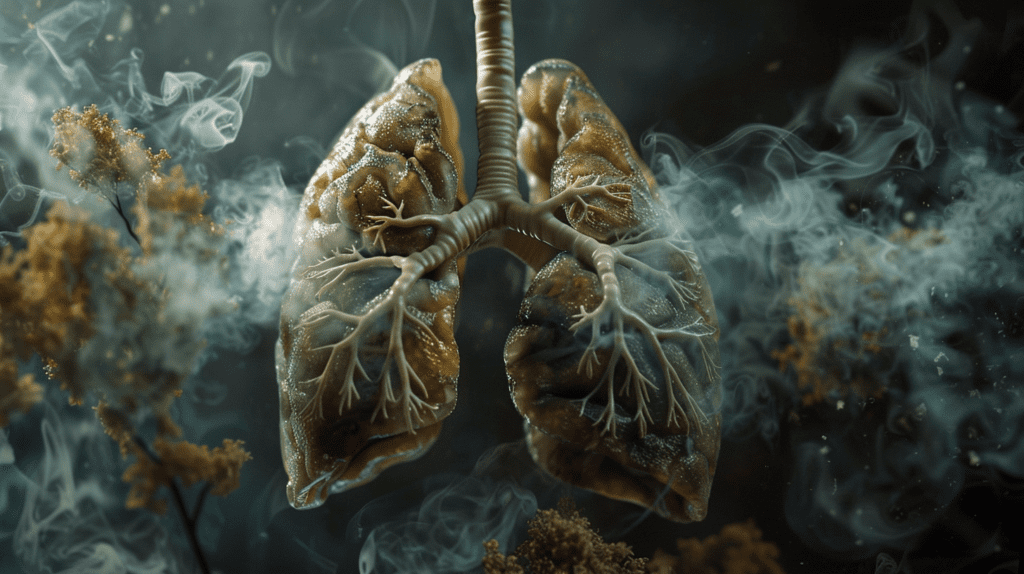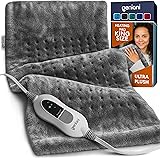First aid is a crucial skill that everyone should possess. Whether you are at home, at work, or out in public, accidents and emergencies can happen at any time. Knowing how to provide basic first aid can make a significant difference in the outcome of an injury or illness. In this article, we will discuss some essential first aid techniques that everyone should know.
One of the most fundamental first aid techniques is cardiopulmonary resuscitation (CPR). CPR is used to revive someone who has stopped breathing or whose heart has stopped beating. It involves a combination of chest compressions and rescue breaths. To perform CPR, you should first check if the person is responsive. If they are unresponsive, call for help and begin chest compressions. Place the heel of your hand on the center of the person’s chest and interlock your fingers. Push hard and fast, aiming for a rate of about 100-120 compressions per minute. After 30 compressions, give two rescue breaths by tilting the person’s head back, pinching their nose, and covering their mouth with yours.
Another important first aid technique is the Heimlich maneuver. This technique is used to help someone who is choking and unable to breathe. To perform the Heimlich maneuver, stand behind the person and wrap your arms around their waist. Make a fist with one hand and place the thumb side against the person’s abdomen, just above the navel. Grasp your fist with your other hand and give quick, upward thrusts into the abdomen. Continue doing this until the object blocking the person’s airway is dislodged.
Burns are a common injury that can occur in various situations. Knowing how to provide first aid for burns is essential. The first step is to remove the person from the source of the burn and cool the affected area with cold running water for at least 10 minutes. Do not use ice or icy water, as it can further damage the skin. Cover the burn with a sterile dressing or clean cloth to protect it from infection. If the burn is severe or covers a large area of the body, seek medical attention immediately.
Injuries such as cuts and wounds are also common and require proper first aid. Start by cleaning the wound with mild soap and water to remove any dirt or debris. Apply gentle pressure with a clean cloth or sterile dressing to stop any bleeding. If the bleeding does not stop or the wound is deep, seek medical attention. Once the bleeding has stopped, apply an antibiotic ointment and cover the wound with a sterile bandage to prevent infection.
Knowing how to recognize the signs and symptoms of a heart attack or stroke is crucial. If someone is experiencing chest pain, shortness of breath, or discomfort in their arm, jaw, or neck, they may be having a heart attack. Call for emergency medical help immediately. Similarly, if someone suddenly experiences weakness or numbness on one side of their body, difficulty speaking, or a severe headache, they may be having a stroke. Time is of the essence, so call for help immediately.
In conclusion, basic first aid techniques are essential skills that everyone should know. CPR, the Heimlich maneuver, and first aid for burns, cuts, and wounds are just a few examples of the knowledge that can make a difference in an emergency situation. By being prepared and knowing how to respond, you can potentially save a life or prevent further harm. Remember, always seek medical attention when necessary, and stay calm and focused in emergency situations.
Essential First Aid Supplies for Every Home

First aid is a crucial skill that everyone should possess. Whether it’s a minor cut or a more serious injury, knowing how to provide immediate care can make a significant difference in the outcome. While it’s always best to seek professional medical help when necessary, having the right first aid supplies at home can help you provide immediate care and potentially prevent further complications.
One of the most essential first aid supplies for every home is a well-stocked first aid kit. This kit should contain a variety of items to address different types of injuries. Some basic supplies to include are adhesive bandages of various sizes, sterile gauze pads, adhesive tape, antiseptic wipes, and disposable gloves. These items can be used to clean wounds, stop bleeding, and protect against infection.
In addition to these basic supplies, it’s also important to have a thermometer in your first aid kit. A fever can be a sign of an underlying illness, and having a thermometer on hand can help you monitor your temperature or that of a family member. This information can be valuable when seeking medical advice or determining if further action is necessary.
Another essential item to have in your first aid kit is a pair of tweezers. Tweezers can be used to remove splinters, ticks, or other foreign objects from the skin. It’s important to clean the tweezers with alcohol before and after use to prevent infection.
For minor burns, having burn ointment or gel in your first aid kit is crucial. Burns can be painful and can easily become infected if not properly treated. Applying a burn ointment or gel can help soothe the pain and promote healing.
In the case of more serious injuries, having a first aid manual or guidebook can be invaluable. This resource can provide step-by-step instructions on how to handle various emergencies, such as severe bleeding, fractures, or choking. It’s important to familiarize yourself with the contents of the manual before an emergency occurs, as it may not be easy to read and follow instructions during a stressful situation.
Lastly, it’s important to regularly check and replenish your first aid supplies. Medications, such as pain relievers or antihistamines, should be checked for expiration dates and replaced as needed. Additionally, it’s important to periodically review the contents of your first aid kit to ensure that you have all the necessary supplies and that they are in good condition.
In conclusion, having essential first aid supplies in your home is crucial for providing immediate care in case of an injury or emergency. A well-stocked first aid kit, including items such as bandages, gauze pads, adhesive tape, and antiseptic wipes, can help you address minor injuries and prevent further complications. Additional supplies like a thermometer, tweezers, burn ointment, and a first aid manual can also be invaluable in handling more serious situations. Regularly checking and replenishing your first aid supplies is essential to ensure that you are prepared for any emergency that may arise.
First Aid for Common Injuries: A Step-by-Step Guide
First aid is a crucial skill that everyone should possess. Whether you are at home, at work, or out in public, accidents can happen at any time. Knowing how to provide first aid can make a significant difference in the outcome of an injury. In this article, we will provide a step-by-step guide on how to administer first aid for common injuries.
Let’s start with cuts and wounds. The first step is to wash your hands thoroughly to prevent infection. Next, clean the wound gently with mild soap and water. If the bleeding is severe, apply direct pressure using a clean cloth or bandage. Elevating the injured area can also help reduce bleeding. Once the bleeding has stopped, apply an antibiotic ointment and cover the wound with a sterile bandage. Remember to change the bandage regularly to prevent infection.
Moving on to burns, the first thing you should do is remove the source of heat or chemicals causing the burn. For minor burns, run cool water over the affected area for at least 10 minutes to relieve pain and reduce swelling. Avoid using ice or very cold water as it can further damage the skin. After cooling the burn, cover it with a sterile non-stick dressing or clean cloth. If the burn is severe or covers a large area, seek medical attention immediately.
Now, let’s discuss sprains and strains. If someone has twisted their ankle or injured a joint, the first step is to rest the injured area. Applying ice wrapped in a cloth can help reduce swelling and pain. Remember to apply the ice for 15-20 minutes at a time, with breaks in between. Compression with an elastic bandage can also provide support and reduce swelling. Lastly, elevate the injured area to minimize swelling. If the pain persists or the person is unable to move the injured area, seek medical help.
Next, we will cover nosebleeds. If someone experiences a nosebleed, have them sit upright and lean slightly forward. Pinch their nostrils together and breathe through their mouth. This will help stop the bleeding. Applying a cold compress or ice pack to the nose can also help constrict blood vessels and reduce bleeding. If the bleeding doesn’t stop after 20 minutes or if it’s a result of a head injury, seek medical attention.
Lastly, let’s talk about insect bites and stings. If someone is stung by a bee or bitten by an insect, the first step is to remove the stinger if it’s still present. Use a credit card or your fingernail to scrape it off. Wash the affected area with soap and water, then apply a cold compress to reduce swelling and pain. If the person shows signs of an allergic reaction, such as difficulty breathing or swelling of the face, call emergency services immediately.
In conclusion, knowing how to provide first aid for common injuries is essential. By following these step-by-step guidelines, you can effectively respond to cuts, burns, sprains, nosebleeds, and insect bites. Remember to always prioritize safety and seek medical attention if necessary. Being prepared and knowledgeable in first aid can make a significant difference in someone’s well-being and recovery.
It is recommended to have a first aid kit at home and in the car. We recommend the following:
You can buy it here.











